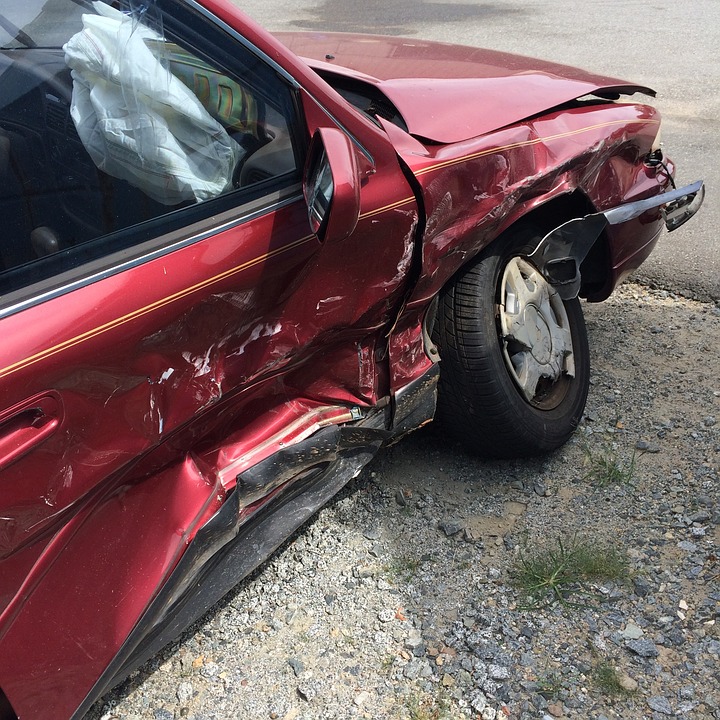When you’re involved in a car crash, the first emotions are usually a mix of confusion, fear, and disbelief. After the initial shock, however, you have to get down to the business of sorting out who is responsible for the accident.

(Pixabay / Akent879)
Nevada “at fault” policies
The laws surrounding car accident fault vary from state to state, but Nevada adheres to a traditional fault system.
Let’s look at the differences between no-fault and fault systems. In a no-fault system, regardless of who caused the accident, you must depend on your own car insurance policy to defray your medical bills and other losses. Only when the damages reach a high enough threshold can you file a claim against the other driver.
With traditional fault systems like Nevada’s, however, fault will be assigned to a party involved in the accident. That party will then be responsible for covering the damages.
Compelling evidence
Since compensation for car accidents in the State of Nevada depends on the clear establishment of fault, it’s critical that you gather evidence to support your claim.
The following evidence will factor into the “at fault” determination:
- Pictures. If you have the presence of mind after an accident to snap photos or take videos, this can provide invaluable evidence. Capture the cars, the road configuration around the accident, skid marks, debris from the crash, and any street signs nearby. If there are security cameras in the area, they may have captured helpful footage. The police will often take photos once they get to the scene.
- Statements. A person may admit fault at the scene while speaking to the other party involved in the accident. They may also confess fault to the police officer filing the report or to the insurance company. Be very careful of what you say in the aftermath of an accident as it could be used against you. Rather than dealing directly with the insurance carrier, enlist the help of an auto accident injury attorney to do the communicating for you. They understand the tactics that insurance companies sometimes use to get people to admit fault, and they know not to fall for them.
- Eyewitnesses. People who saw the accident can speak to the police and even testify in a personal injury case later. Make sure to get the names and contact numbers of people who witnessed the accident. If you’re working with a personal injury attorney, pass along this contact information immediately.
- Pre-accident activities. In some cases, the activities that a driver engaged in may have caused the wreck. Was a driver speeding? Dozing off? Texting? Talking on their phone? Did they have alcohol in their system? If any of these conditions can be established, they will help in determining fault.
As a general rule, fault usually rests on the last party involved in a crash. This is why the person who rear ends a car will often be responsible for the accident, even if the person in front of them stopped quickly.
There are exceptions to the rule, however, and sometimes there’s not just one party at fault. If a driver had to swerve out of the way to avoid a car making a reckless lane change and then hit another motorist in the process, the fault might rest with multiple parties.
If you are injured in an accident and want the best outcome for your case, here are some critical steps to follow after the crash:
- Stay calm
- Treat the other party with respect
- Call the police
- Photograph the accident scene (if you are physically capable)
- Get contact and insurance information from the other driver
- Get contact information from eyewitnesses
- Avoid making statements that could hurt you later
- Call a personal injury attorney to represent your interests
